Conducting atom-optical experiments in space is interesting for fundamental physics and challenging due to different environment compared to ground. Here the authors report matter-wave interferometry in space using atomic BECs in a sounding rocket.
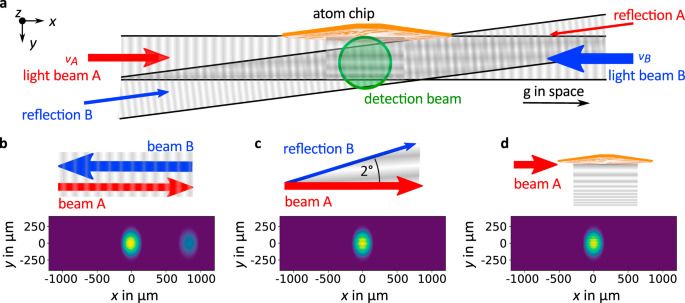


Thermoelectrics directly convert heat into electricity and power a wide array of items—from NASA’s Perseverance rover currently exploring Mars to travel coolers that chill beverages.
A Clemson University physicist has joined forces with collaborators from China and Denmark to create a new and potentially paradigm-shifting high-performance thermoelectric compound.
A material’s atomic structure, which is how atoms arrange themselves in space and time, determines its properties. Typically, solids are crystalline or amorphous. In crystals, atoms are in an orderly and symmetrical pattern. Amorphous materials have randomly distributed atoms.
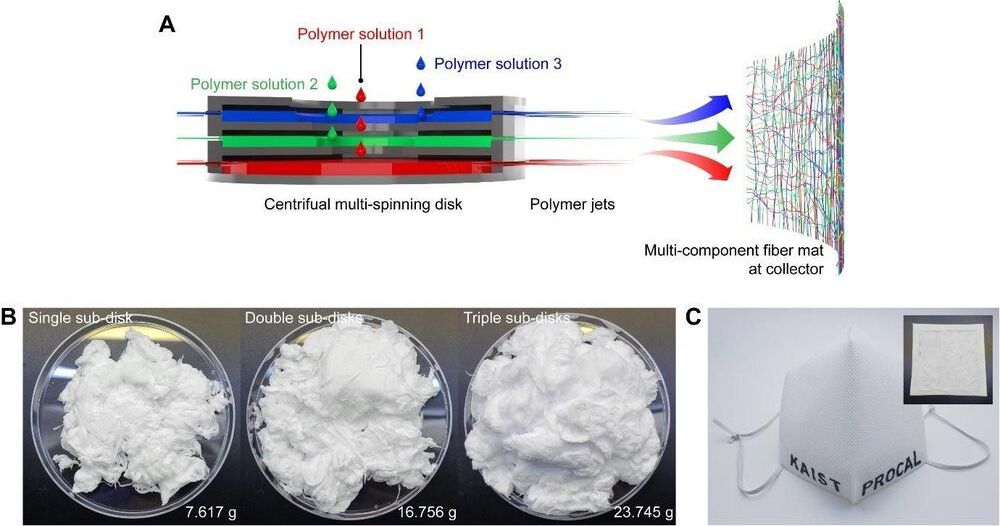
KAIST researchers have developed a novel nanofiber production technique called ‘centrifugal multispinning’ that will open the door for the safe and cost-effective mass production of high-performance polymer nanofibers. This new technique, which has shown up to a 300 times higher nanofiber production rate per hour than that of the conventional electrospinning method, has many potential applications including the development of face mask filters for coronavirus protection.
Nanofibers make good face mask filters because their mechanical interactions with aerosol particles give them a greater ability to capture more than 90% of harmful particles such as fine dust and virus-containing droplets.
The impact of the COVID-19 pandemic has further accelerated the growing demand in recent years for a better kind of face mask. A polymer nanofiber-based mask filter that can more effectively block harmful particles has also been in higher demand as the pandemic continues.
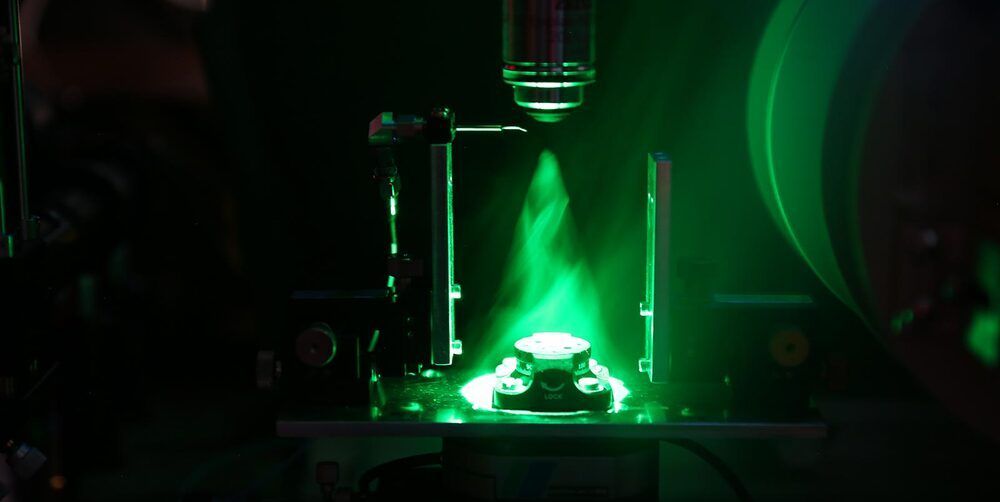
Spin waves could unlock the next generation of computer technology, a new component allows physicists to control them.
Researchers at Aalto University have developed a new device for spintronics. The results have been published in the journal Nature Communications, and mark a step towards the goal of using spintronics to make computer chips and devices for data processing and communication technology that are small and powerful.
Traditional electronics uses electrical charge to carry out computations that power most of our day-to-day technology. However, engineers are unable to make electronics do calculations faster, as moving charge creates heat, and we’re at the limits of how small and fast chips can get before overheating. Because electronics can’t be made smaller, there are concerns that computers won’t be able to get more powerful and cheaper at the same rate they have been for the past 7 decades. This is where spintronics comes in.
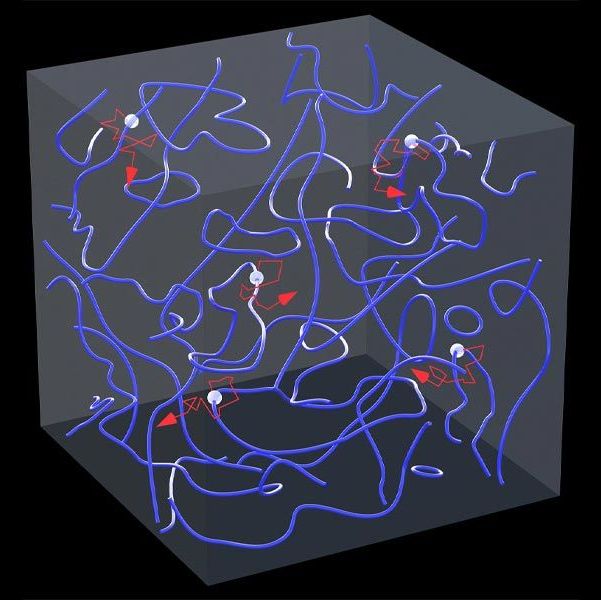
Nobel laureate in physics Richard Feynman once described turbulence as “the most important unsolved problem of classical physics.”
Understanding turbulence in classical fluids like water and air is difficult partly because of the challenge in identifying the vortices swirling within those fluids. Locating vortex tubes and tracking their motion could greatly simplify the modeling of turbulence.
But that challenge is easier in quantum fluids, which exist at low enough temperatures that quantum mechanics — which deals with physics on the scale of atoms or subatomic particles — govern their behavior.
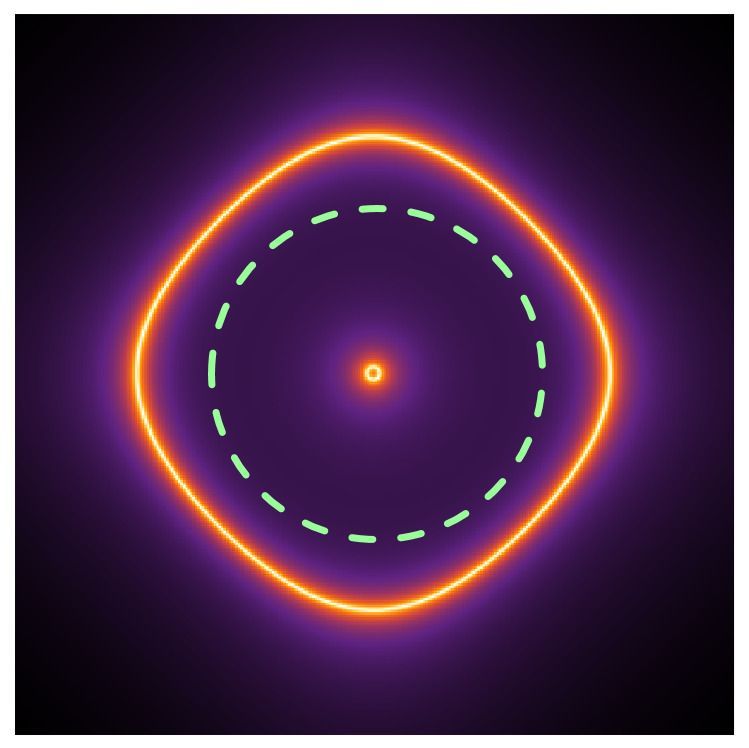
Majorana modes are, however, notoriously elusive. In part, this is because it is hard to create the conditions required to generate them in an experimental setting. Many theoretical proposals have predicted MZMs should be present in quasi-2D materials, which consist of a small number of 2D layers stacked on top of each other. However, all previous proposals required heterostructures – that is, structures where the stacked layers have differing material composition and structure. Practically, these heterostructures are difficult if not downright impossible to grow.
To make matters worse, Majorana modes can only be observed indirectly. Like detectives trying to catch a culprit with only circumstantial evidence, physicists have a hard time ruling out alternative explanations for the phenomena they observe. This has led to high-profile premature claims of Majorana discovery, including Microsoft Quantum Lab’s recent retraction of a Nature paper in which they purported to observe MZMs in nanowires.
In their new work, Zhang and his coauthor show that Majorana modes should be present in a much simpler setting: thin films of an iron-based superconducting material. Like previous proposals, the system they study is quasi-2D, but crucially all layers are of the same kind. The iron-based thin films naturally accommodate Majorana fermions that are helical – left or right-handed – and move along the edges of the system in their preferred direction. This is due to a special “time-reversal” symmetry, wherein interchanging the left-moving and right-moving quasiparticles makes it look like time is propagating backwards in the system.
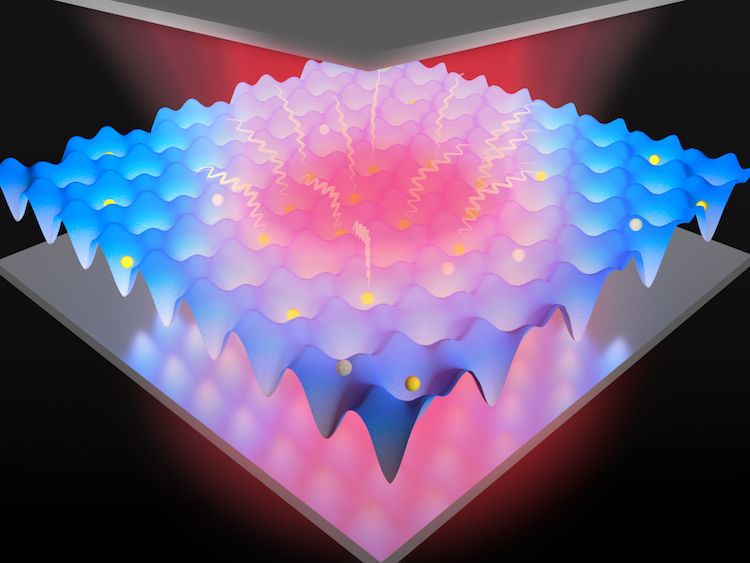
Physics World
Interactions between matter and light in microcavities made of mirrors are fundamentally important for many modern technologies, including lasers. Researchers at the University of Michigan, Ann Arbor, US, have now gained tighter control of these interactions by exploiting a nonlinear effect that occurs in a new kind of hybrid semiconductor made from bilayers of two-dimensional materials. These semiconducting sheets form an egg-carton-like array in which the “pockets” are quantum dots that can be controlled using light, and they could be used to make ultralow-energy switches.
Led by Hui Deng, the researchers made their hybrid semiconductor from flakes of tungsten disulphide (WS2) and molybdenum diselenide (MoSe2) just a few atoms thick. In their bulk form, these transition-metal dichalcogenides (TMDCs) act as indirect band-gap semiconductors. When scaled down to a monolayer thickness, however, they behave as direct band-gap semiconductors, capable of efficiently absorbing and emitting light.
When laid on top of one another, the electronic structures of TMDCs can form a larger electron lattice (known as a moiré lattice) thanks to the slight mismatch of the materials’ lattice constants. The period of this lattice can be tuned by twisting the monolayers with respect to each other at different angles. In the WS2 and MoSe2 bilayer studied in this work, this angle is about 56.5° and the moiré lattice produced contains “pockets” measuring around 10 atoms across. These pockets, explains study lead author Long Zhang, are the quantum dots – tiny pieces of semiconducting materials that can isolate individual quantum particles such as electrons.
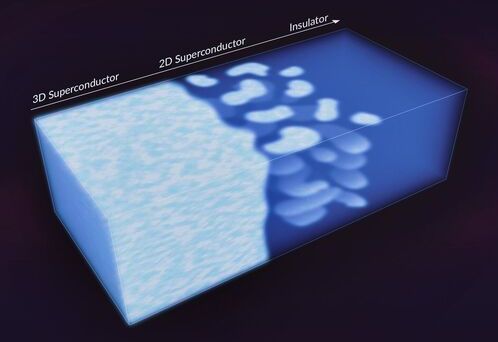
Creating a two-dimensional material, just a few atoms thick, is often an arduous process requiring sophisticated equipment. So scientists were surprised to see 2D puddles emerge inside a three-dimensional superconductor—a material that allows electrons to travel with 100% efficiency and zero resistance—with no prompting.
Within those puddles, superconducting electrons acted as if they were confined inside an incredibly thin, sheet-like plane, a situation that requires them to somehow cross over to another dimension, where different rules of quantum physics apply.
“This is a tantalizing example of emergent behavior, which is often difficult or impossible to replicate by trying to engineer it from scratch,” said Hari Manoharan, a professor at Stanford University and investigator with the Stanford Institute for Materials and Energy Sciences (SIMES) at the Department of Energy’s SLAC National Accelerator Laboratory, who led the research.
To make some of the most precise measurements we can of the world around us, scientists tend to go small — right down to the atomic scale, using a technique called atom interferometry.
Now, for the first time, scientists have performed this kind of measurement in space, using a sounding rocket specially designed to carry science payloads into low-Earth space.
It’s a significant step towards being able to perform matter-wave interferometry in space, for science applications that range from fundamental physics to navigation.
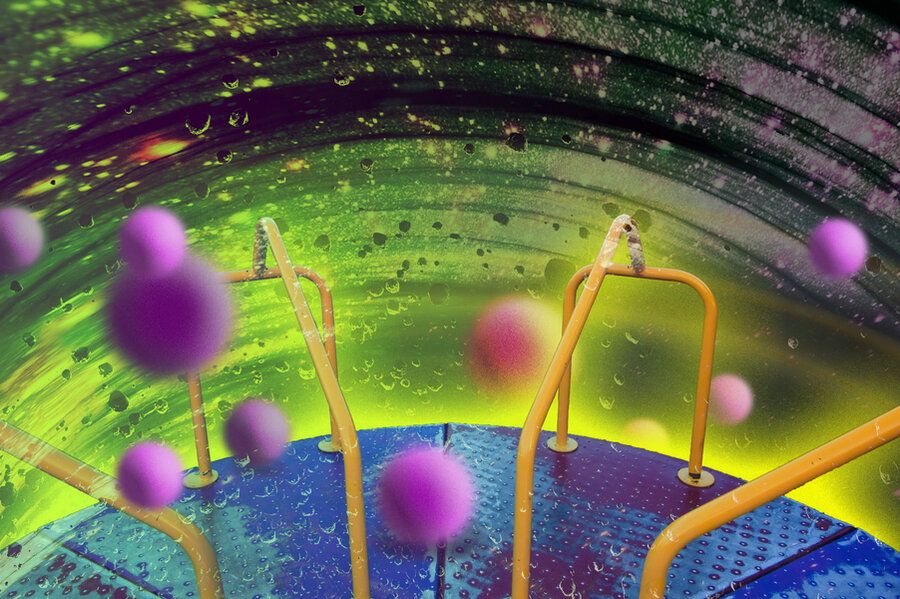
Ultralight bosons are hypothetical particles whose mass is predicted to be less than a billionth the mass of an electron. They interact relatively little with their surroundings and have thus far eluded searches to confirm their existence. If they exist, ultralight bosons such as axions would likely be a form of dark matter, the mysterious, invisible stuff that makes up 85 percent of the matter in the universe.
Now, physicists at MIT’s LIGO Laboratory have searched for ultralight bosons using black holes—objects that are mind-bending orders of magnitude more massive than the particles themselves. According to the predictions of quantum theory, a black hole of a certain mass should pull in clouds of ultralight bosons, which in turn should collectively slow down a black hole’s spin. If the particles exist, then all black holes of a particular mass should have relatively low spins.
But the physicists have found that two previously detected black holes are spinning too fast to have been affected by any ultralight bosons. Because of their large spins, the black holes’ existence rules out the existence of ultralight bosons with masses between 1.3×10-13 electronvolts and 2.7×10-13 electronvolts—around a quintillionth the mass of an electron.